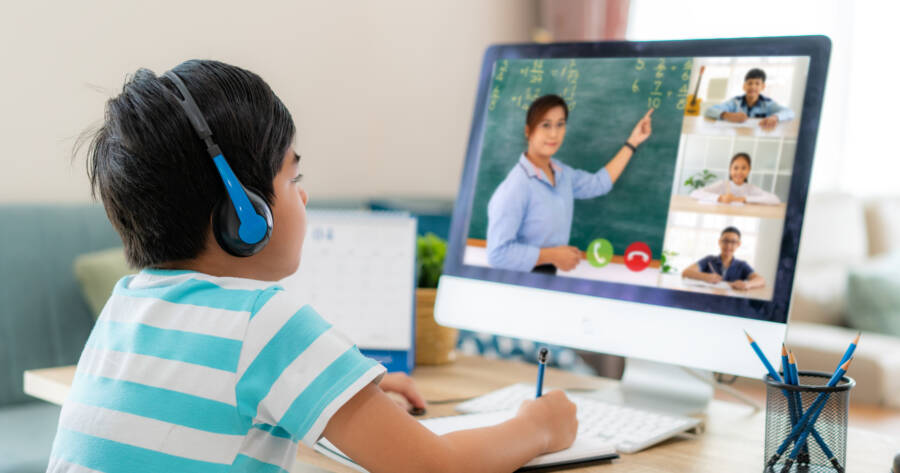In response to the global shift towards remote work and distance education, there has been a surge in the use of virtual classrooms. These online platforms offer a unique blend of flexibility, interaction, and convenience, making them a perfect fit for today’s digital world.
What is a Virtual Classroom?
A virtual classroom is an online environment that allows teachers and students to interact in real time. 1 It can include features such as an online whiteboard, breakout rooms, screen sharing, live chat support, and the ability to control participants’ actions. These features enable educators to conduct live online teaching sessions, share images, videos, and documents, and facilitate dynamic interaction among participants.
The Benefits of Using a Virtual Classroom
Virtual classrooms provide several benefits over traditional classrooms. They allow for smooth participation in online sessions, as participants can join the session from anywhere, as long as they have a device with internet connectivity. They also allow educators to customize their virtual classroom to make participants feel part of the community, such as branding the virtual classroom with the logo of their organization.
Moreover, virtual classrooms offer secure, encrypted connections to ensure that the classroom and its content are protected. They are also designed to be accessed from mobile devices, making them even more flexible for educators with busy schedules.
Enhancing the Learning Experience
Virtual classrooms also offer several features to enhance the learning experience. For instance, the screen-sharing feature allows educators to demonstrate software and multimedia applications to their participants. This is particularly useful for teaching young children, as they learn better through interactive and multimedia resources.
Another useful feature is the breakout rooms, which allow educators to use various teaching methods in one session. 2 Educators can interact with all participants in the main virtual classroom, conduct small-group activities, and assign individual tasks in the breakout rooms. This feature is highly appreciated by educators as it allows them to implement different teaching strategies and facilitate discussions among students.
Get Into a Virtual Classroom
Virtual classrooms are a powerful tool for modern educators. They offer the flexibility of online learning, the interactivity of traditional classrooms, and the security of encrypted connections. Whether you’re teaching a language course, conducting a coaching session, or managing a school, virtual classrooms can help you deliver dynamic, engaging, and effective learning experiences.
In the era of remote work and learning, mastering the virtual classroom is no longer optional—it’s a necessity. So, explore the various features and benefits of virtual classrooms, and use them to enhance your teaching methods and empower your students’ learning journey.
